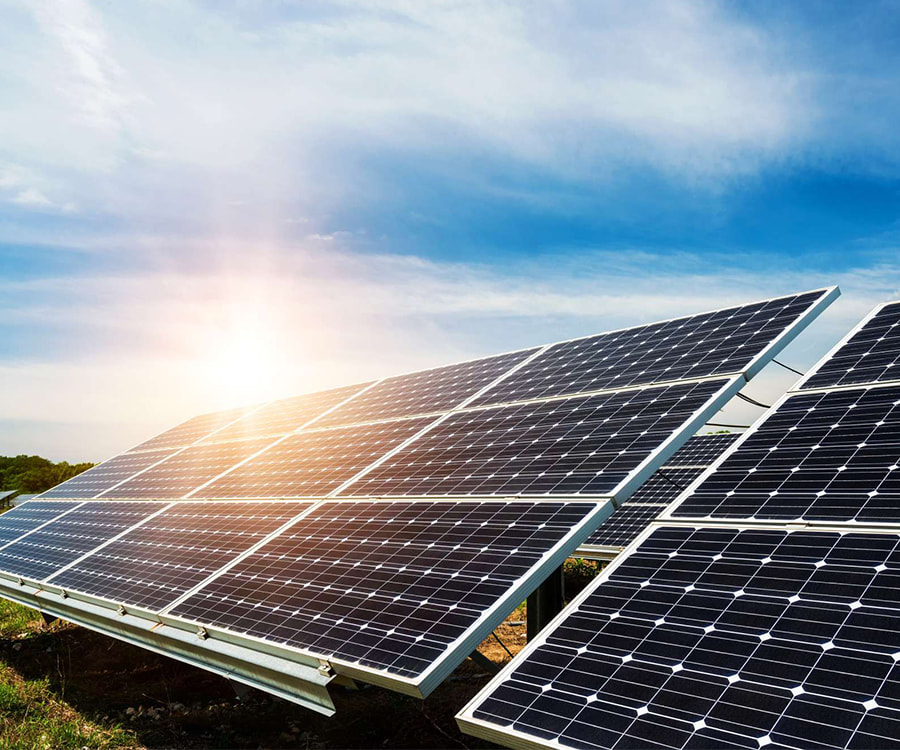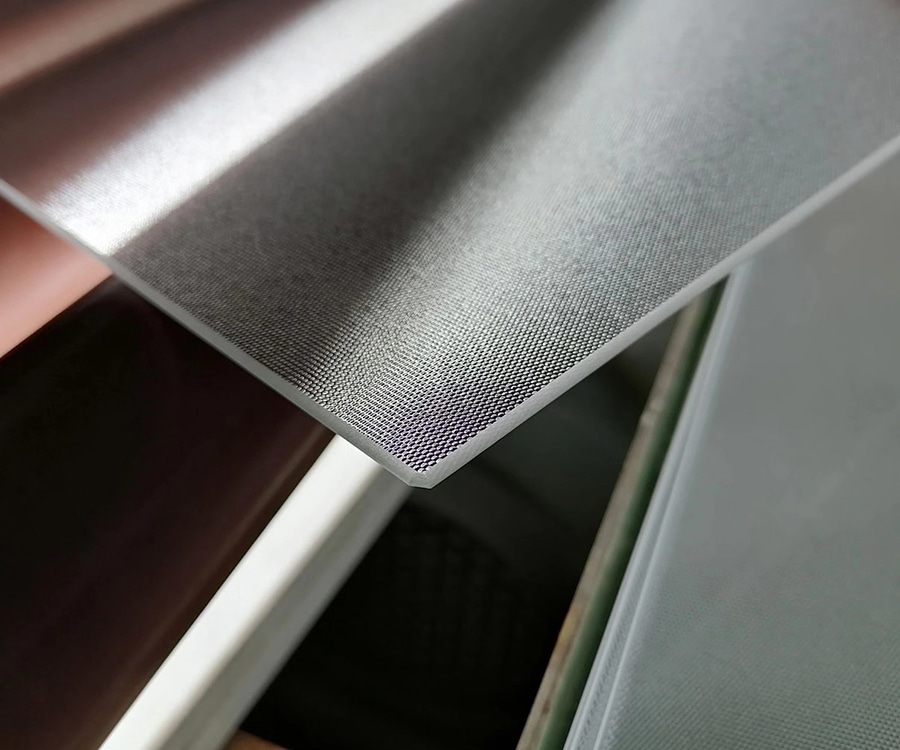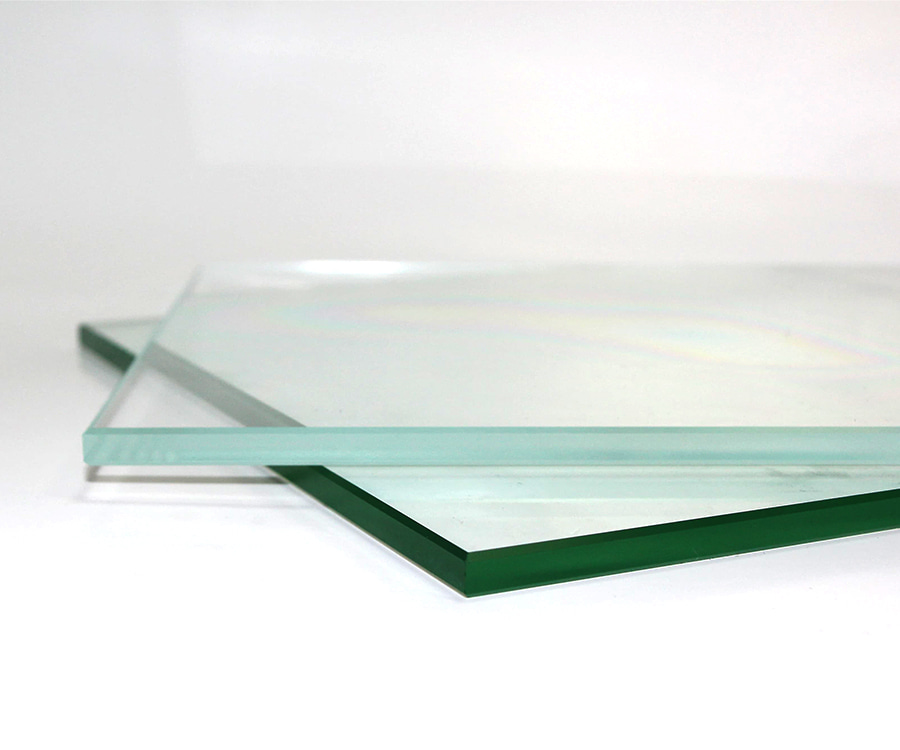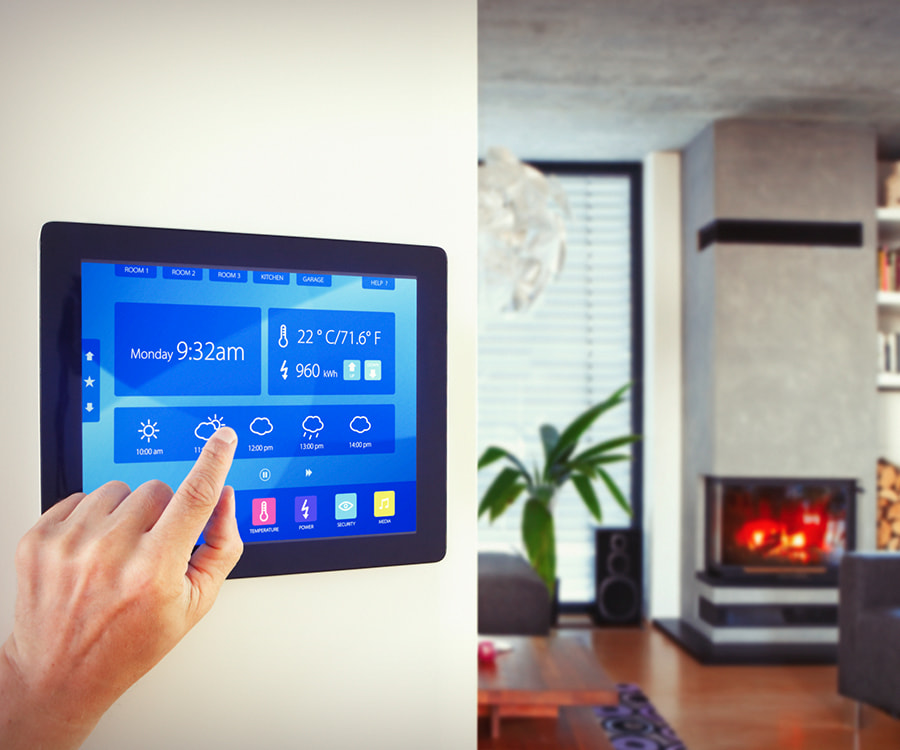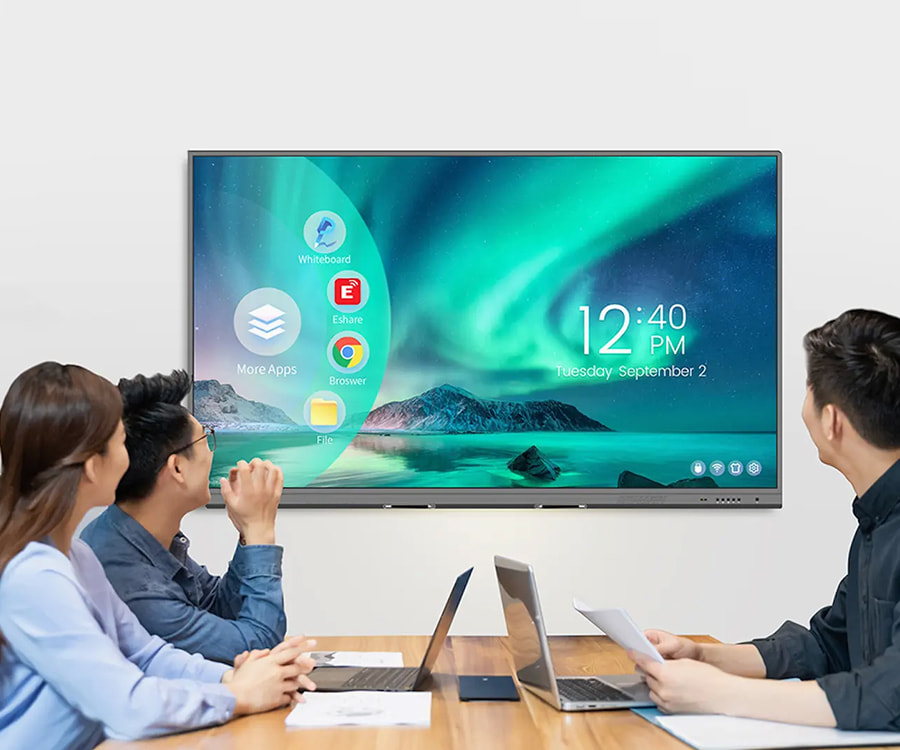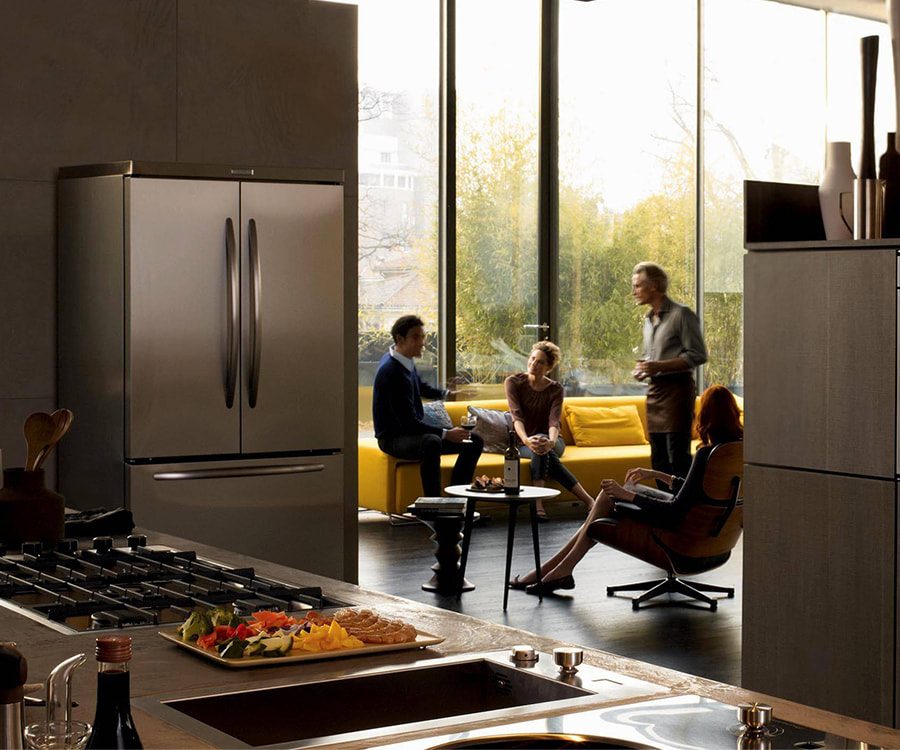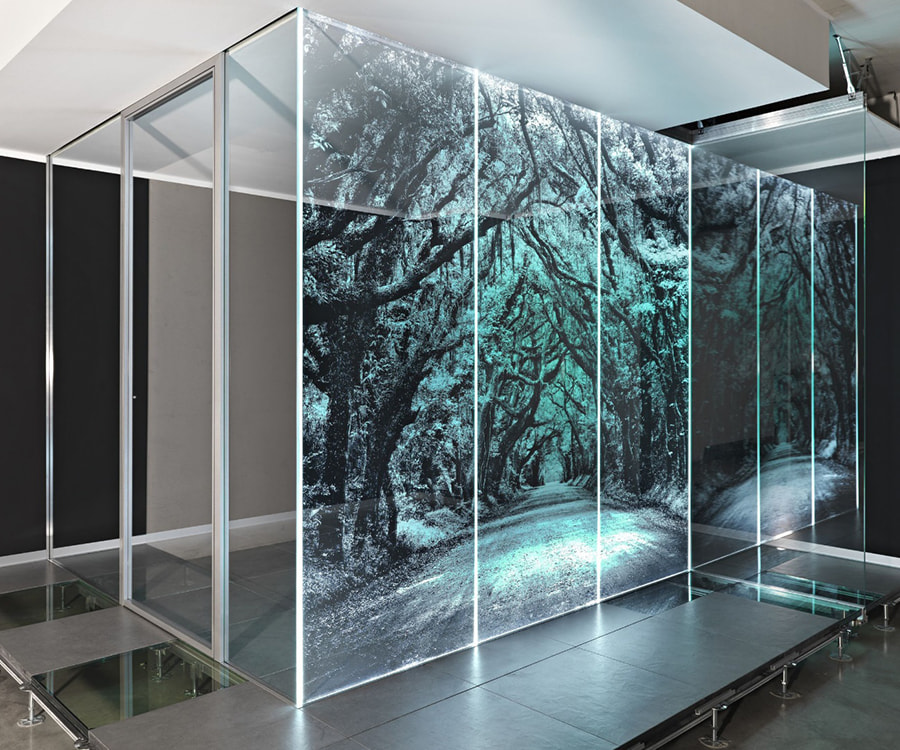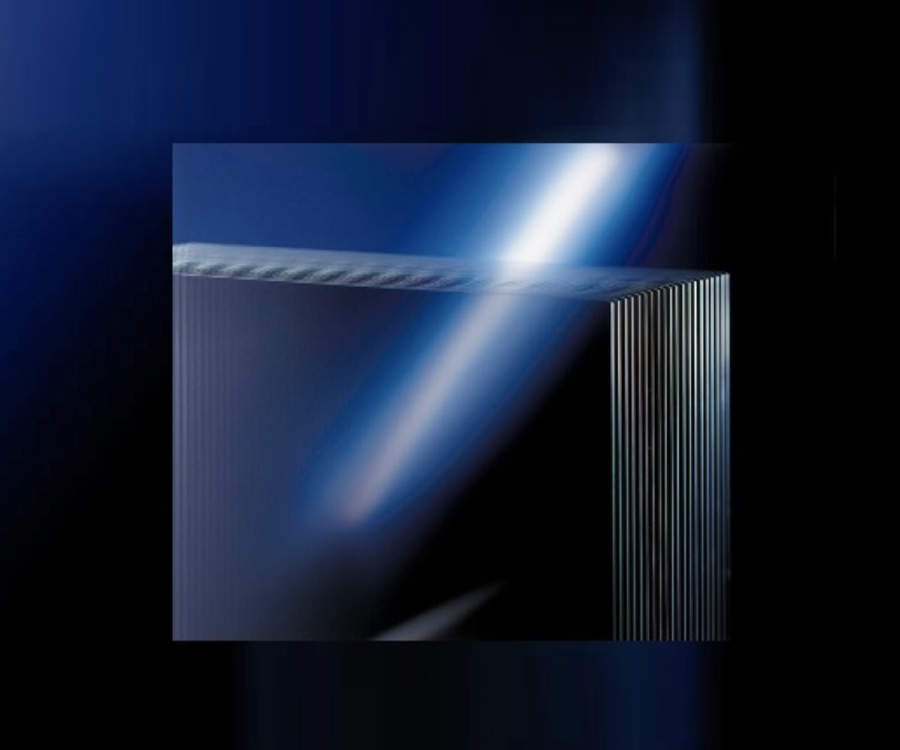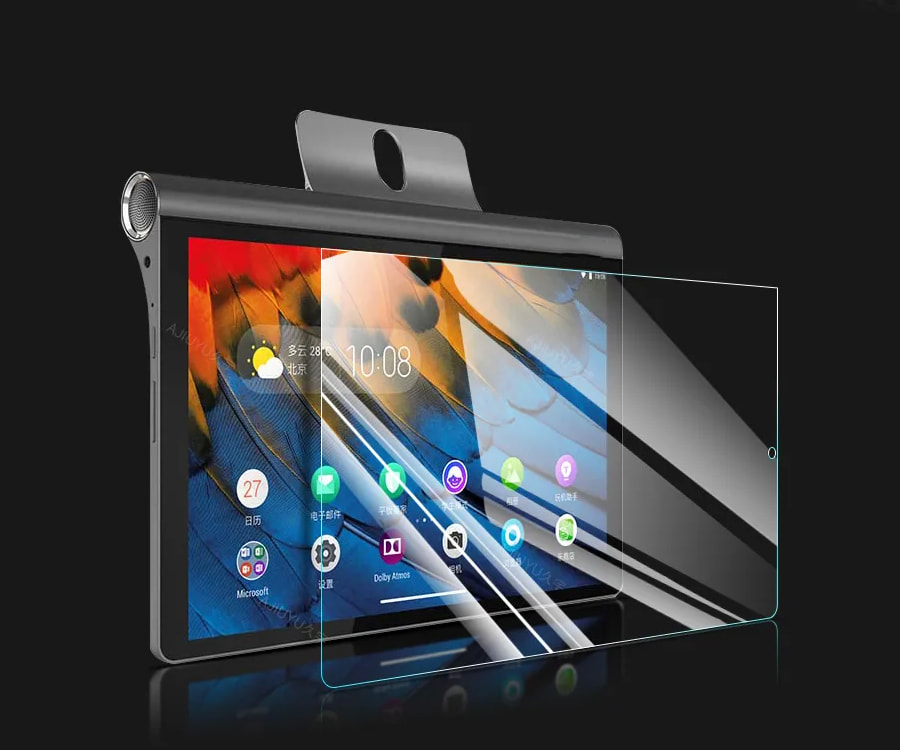There are some significant differences in performance between the colored glaze process and the non-colored glaze process of photovoltaic module backplane glass, which are mainly reflected in the following aspects:
Appearance and aesthetics: In the design of photovoltaic modules, appearance and aesthetics have gradually become important considerations, especially in building-integrated photovoltaic systems (BIPV). After the back glass is glazed, the surface will be covered with a layer of carefully designed colored glazes, which can be customized into various colors and patterns according to project requirements. This not only makes the photovoltaic modules more visually appealing, but also integrates with the surrounding architectural environment, improving the overall aesthetics. In contrast, non-glazed back glass maintains the transparent or translucent state of the original glass, and its appearance is relatively plain, but it also appears simple and elegant in some application scenarios.
Power generation efficiency: The application of colored glaze technology on the photovoltaic module backsheet glass is not just for aesthetics. The glaze layer is usually designed to be highly reflective, which can reflect more light back to the cell, thus improving the power generation efficiency of the photovoltaic module. Especially when the sunlight is sufficient but the direct angle is small, the reflective effect of the glaze layer is particularly important. However, it is worth noting that if the glaze layer is improperly designed or the color is too dark, it may absorb part of the light, which in turn leads to a reduction in power generation efficiency. Therefore, when designing and selecting the glaze layer, factors such as its reflectivity and color need to be comprehensively considered. For non-glazed back glass, since there is no additional reflective layer, its power generation efficiency mainly depends on the transparency and optical properties of the glass itself. Therefore, when choosing non-glazed backplate glass, you need to ensure that it has high light transmittance and low light absorption.
Chemical stability and weather resistance: As part of the backplane glass of the photovoltaic module, the colored glaze layer needs to have good chemical stability and weather resistance. This is because during the production process, the glaze layer may come into contact with cells, EVA glue/POE film and other materials. If a chemical reaction occurs, it may affect the performance and life of the photovoltaic module. In addition, the colored glaze layer also needs to be able to resist erosion and aging under different climate conditions to maintain high reflectivity and stability. For non-glazed back glass, since there is no additional coating, its weather resistance mainly depends on the performance of the glass itself. However, in order to ensure the long-term stable operation of photovoltaic modules, it is still necessary to select glass materials with superb weather resistance.
Environmental protection: In today's society, environmental protection has become the focus of global attention. For photovoltaic modules, their environmental protection is not only related to the service life and performance of the product, but also related to the health of the entire ecosystem. The materials used in the glaze layer need to be environmentally friendly to reduce the impact on the environment. This includes the use of non-toxic, harmless materials and environmentally friendly production processes. Although there are no special environmental protection requirements for non-glazed backplane glass, the environmental protection of the overall photovoltaic module still needs to be considered. For example, waste emissions and resource consumption need to be reduced during the production process.
Cost: The cost is relatively high due to the need for additional layers of colored glaze and its production process. The production process is relatively simple and the cost is low.
Applicable scenarios: Suitable for scenarios that have high requirements for aesthetics or specific requirements for power generation efficiency, such as building-integrated photovoltaic systems (BIPV). Suitable for scenes that are cost-sensitive or have low aesthetic requirements.
In summary, there are significant differences between the colored glaze process and the non-colored glaze process of photovoltaic module backplane glass in terms of appearance, power generation efficiency, chemical stability and weather resistance, environmental protection and cost. When choosing, you need to weigh and choose based on specific application scenarios and needs.


